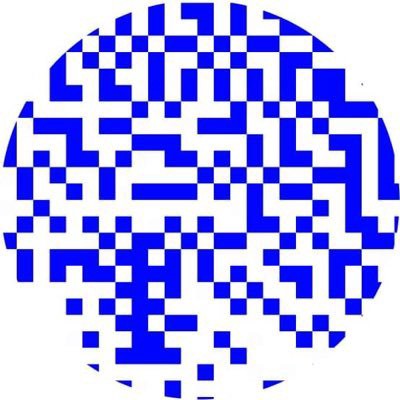
Yesterday we officially welcomed our first cohort of students to the exciting new UC Berkeley MDes program! As I was reflecting on how to welcome the students and capture my hopes and goals for the MDes program, I recalled American architectural critic, Michael Sorkin’s list of 250 things an architect should know. Building on this as inspiration, I generated a list of the 67 Things a UC Berkeley MDes Student Should Know by the time they complete their degree at Berkeley. This list is very much personal and poetic but after I read it to them I was asked to share it online. I am including it below in hopes it will inspire others and serve as a guide. Be aware that some items are specific to the Berkeley campus and surrounding areas and will not generalize to all geographies. Enjoy!
67 Things a UC Berkeley MDes Student Should Know
why 67?…because 67 is a prime number (which you should also know)
by Eric Paulos
- When to start using technology
- When to stop using technology
- How to use a hand tool
- How to make a hand tool
- How to take things apart
- How to listen closely
- The percentage of the population living with disabilities
- The history of Xerox PARC
- Your neighbors
- How to get lost
- The history of the Ohlone
- How the algorithm actually works
- How to dérive
- Who will benefit
- Who will be excluded
- The voice that needs to be in the room
- What a Smoot is
- The contents of the Voyager Golden Record
- How to sketch an idea
- How to sketch a circuit
- What to work on next
- Jane Jacobs in and out
- That the conversation is not always about you
- The history of Stanley Milgram
- How social justice effects design
- How design effects social justice
- When to ignore StackOverflow
- How to watch a transit of the International Space Station
- How to be an ally against stereotypes
- The history of the computer mouse
- How to transfer the benefits of your privilege to those who lack it
- How to find the original source material
- When to be digital
- When to be analogue
- How much power is required
- How to share … without social media
- Have a favorite artist
- Have a favorite scientist
- Have a favorite activist
- How to discover the truth
- The reason for the first computer game “easter egg”
- What data was used to train the algorithm
- When to logoff
- The best time of year to enjoy a Pluot
- How to be an antiracist
- How to be tactfully contrarian
- How to misuse technology
- How to find the limitations of a technology
- How to use limitations of a technology as the inspiration for innovation
- Embrace problem making
- Jerry Lawson
- Ed Roberts
- The view from the Campanile
- The view from the Albany Bulb
- Workshop safety
- That more than 50% of humanity are women
- When to take a walk
- How to inspire wonderment
- What to refuse to do, even for the money
- The exquisite corpse
- The wages of workers producing your design
- The conditions of workers producing your design
- How get to the Morrison Reading Room
- That your education is up to you and no one else
- What the client can afford
- What the planet can afford
- The smell of concrete after rain
